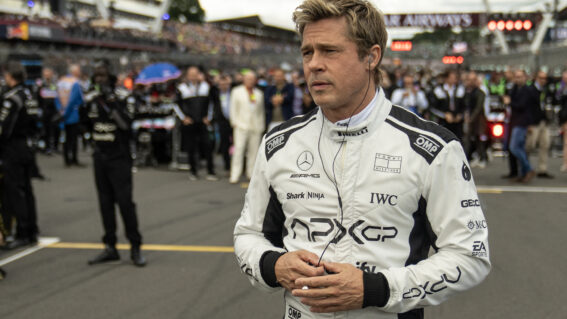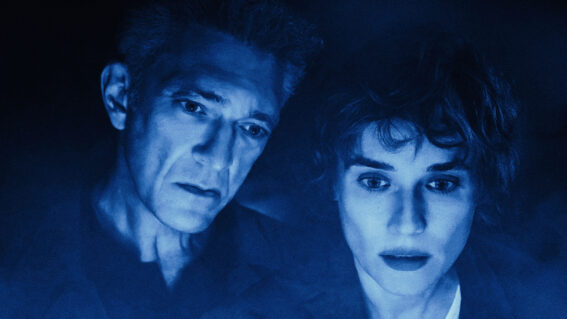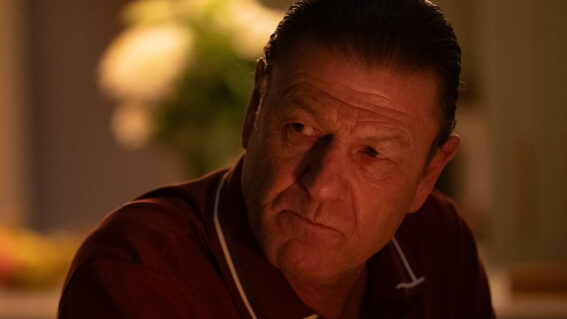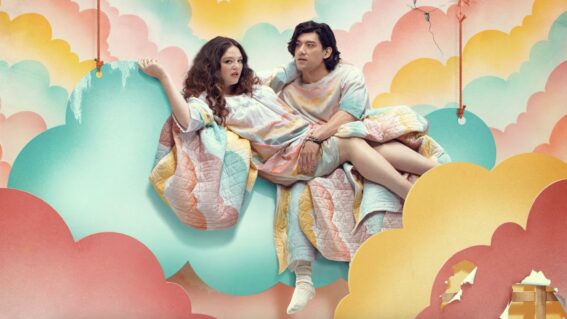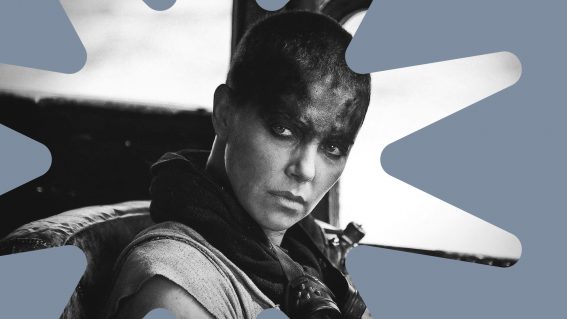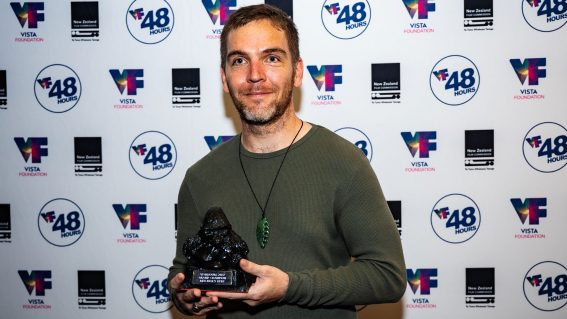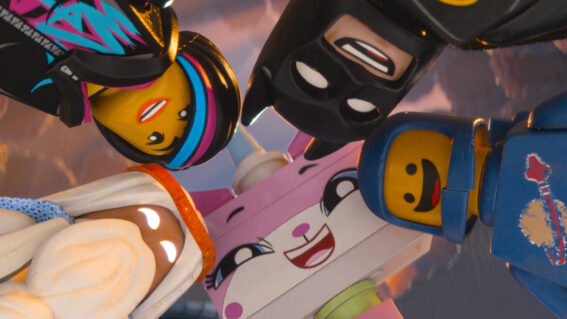Interview: Disney and Big Hero 6 producer Roy Conti
Big Hero 6 is the latest from Disney Animation, a family superhero sci-fi based on the 1998 Marvel comic book series and set in the high-tech city of San Fransokyo. We’ve seen this film about a brilliant young robotics prodigy and his self-made robo-pal Baymax who become crime-fighters, and gave the film a four-star review. […]
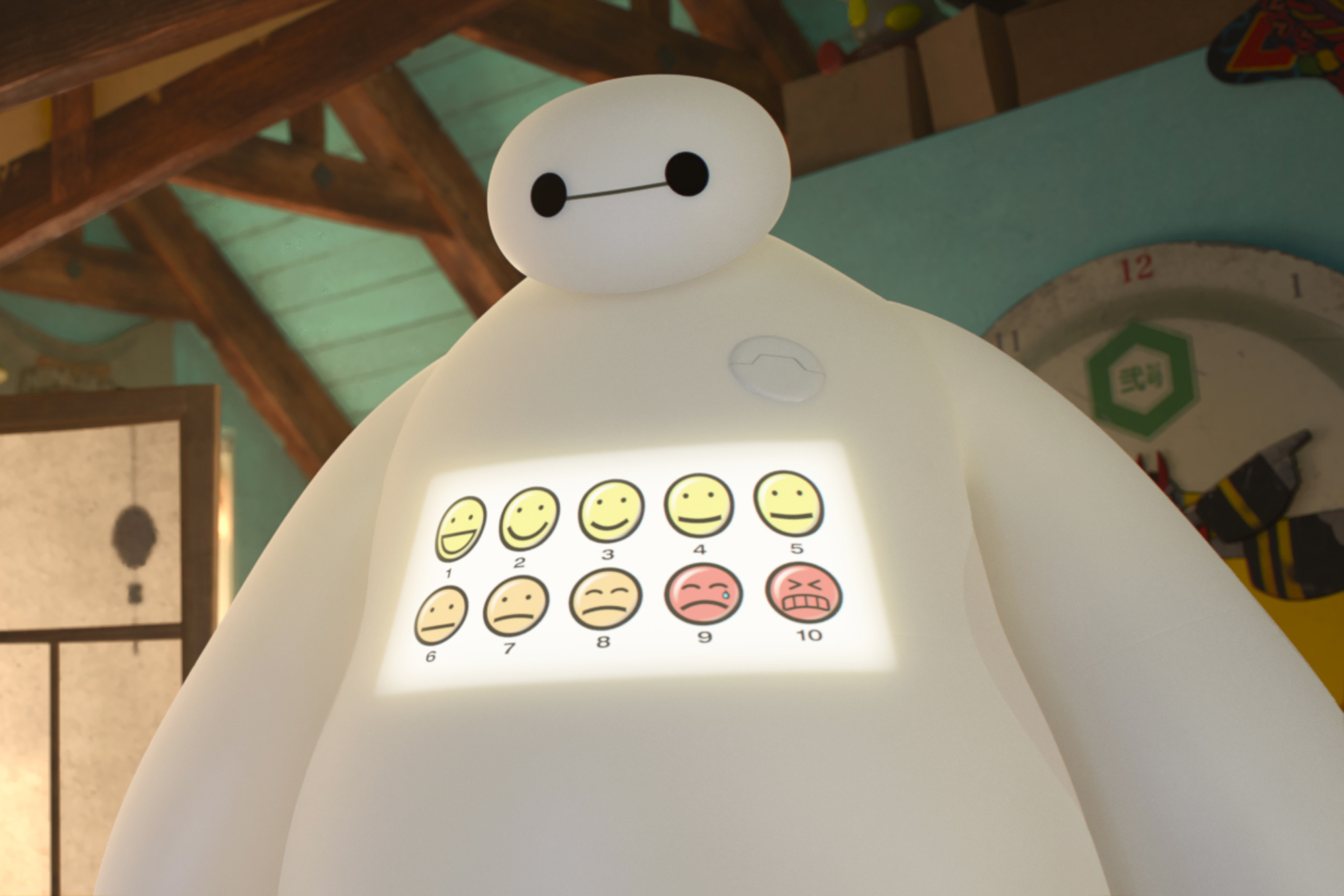

Big Hero 6 is the latest from Disney Animation, a family superhero sci-fi based on the 1998 Marvel comic book series and set in the high-tech city of San Fransokyo. We’ve seen this film about a brilliant young robotics prodigy and his self-made robo-pal Baymax who become crime-fighters, and gave the film a four-star review. I also had the good fortune to speak to producer Roy Conti (Tangled) about what makes this superior tale tick…
FLICKS: I got to go and see this at 9am this morning, and start my day with an awesome movie. So, thank you very much for facilitating that.
ROY CONTI: I’m so happy to hear you say that, because I’m so proud of it, and I think it’s got such a great message for everyone.
Look it certainly does, and it’s completely not over-bearing in the way that’s communicated either. I felt so at ease with everything that was contained in the film. Really thrilled with the story and just walked out feeling like I’d seen a really superior animated feature.
Yeah, thank you so much. I really love the fact that it’s a movie that actually stays with you. I’ve seen it now, what? 500 times, within the process of making it, at least every chunk of it 500 times, and I still am very emotionally touched by it. I think its got a great message; its got a great heart. And it’s funny.
One of the things I was really impressed with was the tonal sophistication that it had. It was pitched at a level where, as an adult, you can really enjoy the film, but you’re not enjoying it on a different level, to how a child would. Obviously a bit of thought’s going to help you benefit from it. But it’s not pandering to kids, and it’s not pandering to adults.
Yeah, I know, we try not to pander to kids. I think oftentimes we underestimate kids and how they enjoy the sophistication of a good story as well. So when we build a story, we really build it for ourselves, and for the six-year-old in us, and the 60-year-old in us. We try and span those generations and really get to the truth. And when you look at Disney there’s a certain legacy of that. You go back to Bambi, you go to The Lion King, there are ways of telling these stories that really touch every generation.
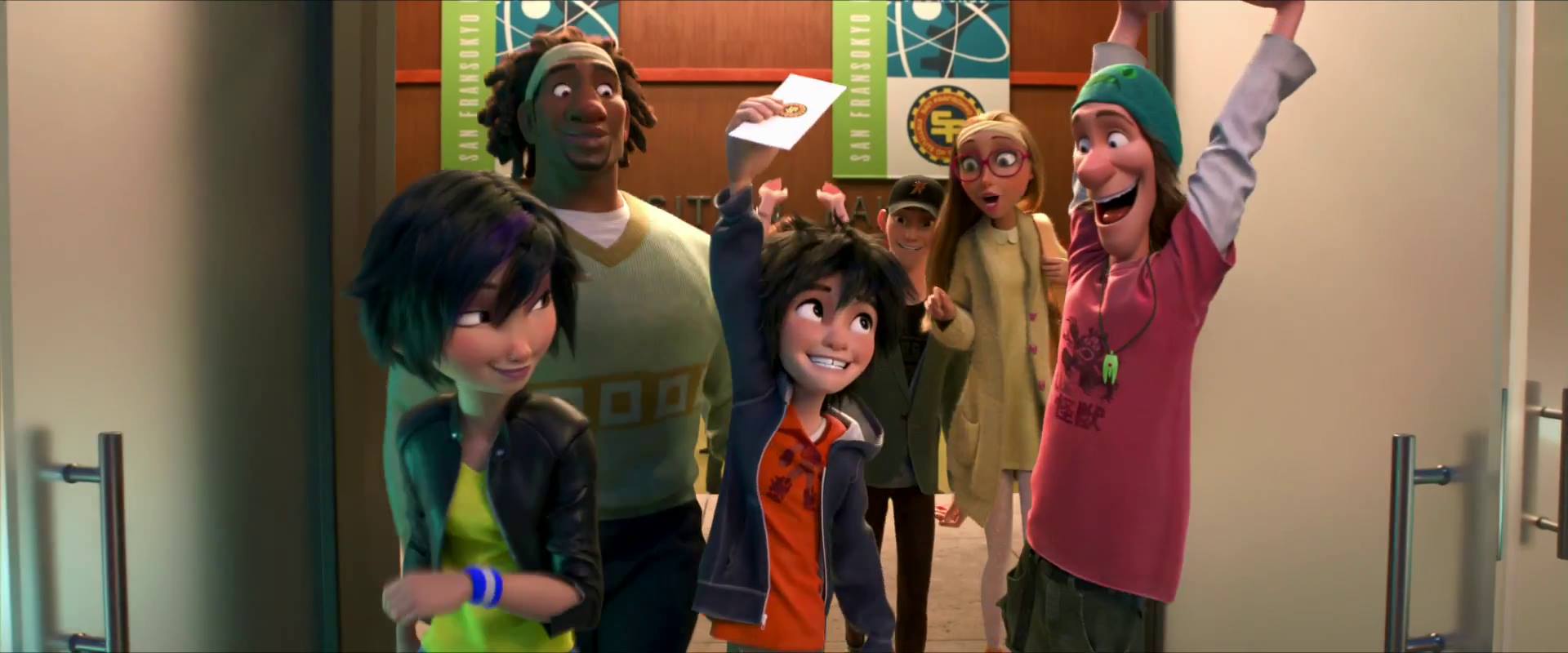
Here we’re dealing with, for the most part, human characters. So, when there’s a death taking place in the family, it carries actual real-world consequences – it seems like there’s a bit more of a body blow happening to the audience. We’re connected to the animated animals in Disney films, but I think this is a bit more serious when you’re watching this.
Well that’s interesting too, because I think what’s happening at Disney animation right now, we’ve got such an amazing team dealing with human animation right now. II’m a little prejudiced, or biased – but I do think that human animation at Disney, is probably the best in the industry right now. That kind of started with Tangled, which was my last movie. That’s all tied in to the legacy of those great animators through the years.
When you’re having the responsibility of that legacy behind you, I assume at sometimes it becomes quite an imposing weight. How has that affected your decisions as far as sequencing a run of different features, and working out which terrain to go and play on next?
Well it’s interesting. I think we’re all very aware of the legacy, and we’re all very aware of what it means to be a Disney animated film. The other thing that we’re aware of is that we need to tell stories for today, and we also need to tell stories for the next 50 to 100 years, so it really is about finding the truth in the thematic content. It’s about finding truth through character communication. Really if you fall in love with the characters, you can pretty much tell any story you want to. So character is a huge element. Really there are three components to how we build a film. One – Build a world that is absolutely inviting and people want to hang out in, Sans Fransokyo. Two – Tell a story that is compelling, a boy who loses his brother and is then repaired by his brother’s invention, and then three, by characters that you fall in love with. If you can get those three working, and there’s balance within the structure of each of those, you’re telling a Disney story.
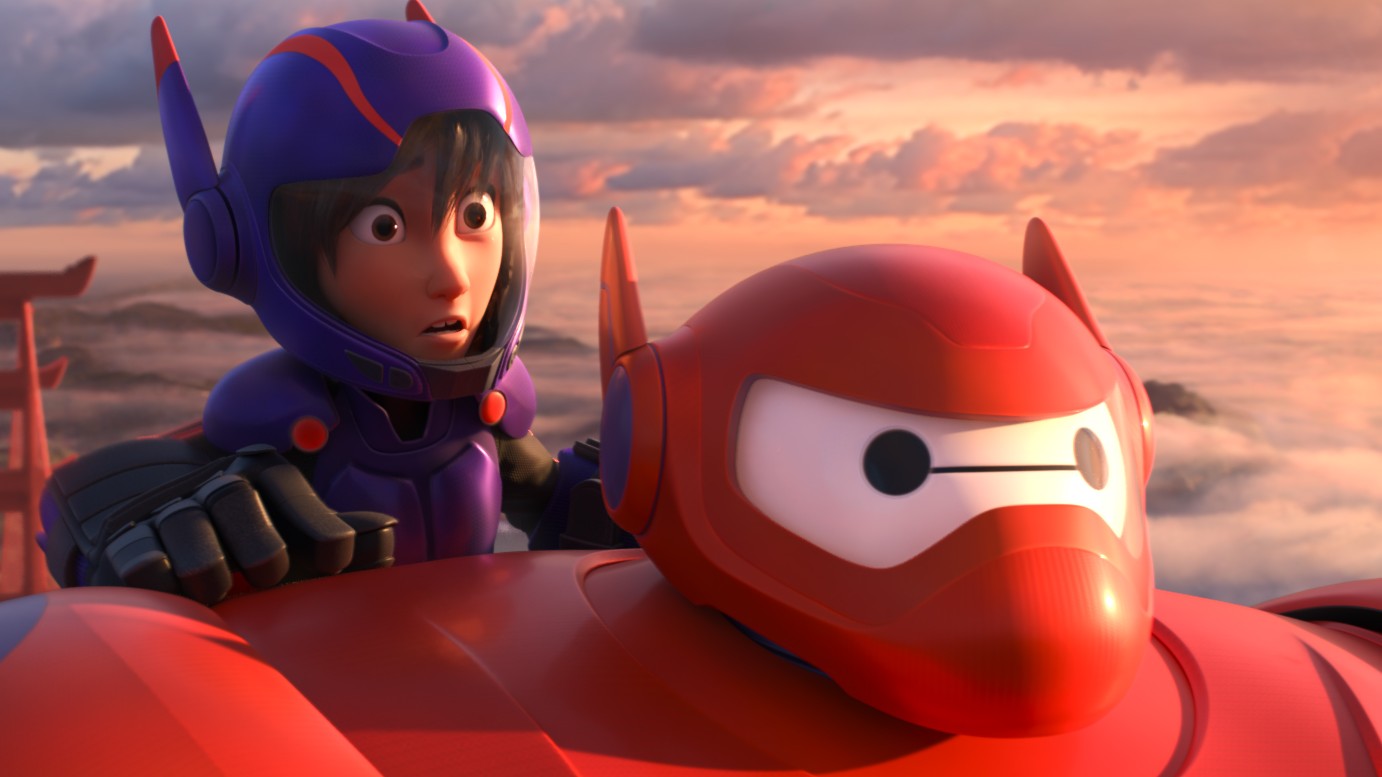
It’s interesting that you mention, telling a contemporary story because I couldn’t for example really imagine a pubic hair gag being in a Disney film, 30, 40 years ago – here it fits in totally fine.
That’s part of the world we live in, right? When you look at story-telling through film, look at a 1950’s film, compared to a 1960’s film, compared to a 1970’s film. The type of storytelling alters from decade to decade, and so it’s something we’re very aware of and I think in terms of our evolving culture, there are things that we can talk about now that are quite different then what we could have talked about 40 years ago.
Absolutely. I think it’s truthful as far as kids of that age are going to making those kind of gags, and getting those gags. But we as adults don’t need to take that away from them.
Yeah exactly. When I was a kid it would have gone right over my head.
The first thing that put a big grin on my face watching the film this morning, is when the camera – for want of a better word – swoops in over the harbour and over what I thought was Alcatraz and comes into the markets of San Fran, and seeing that it was actually a city called San Fransokyo. Immediately I was like, “That’s just awesome.” How did that idea come about?
Well, in the original material from the Marvel comic books, it was basically a Tokyo-based super hero team, and Don Hall – whose idea it was to begin with – really loved the fact that there was a sense of playfulness and a sense that it was a kind of a love letter to Japanese pop culture. So he wanted to kind of maintain that. We really decided – with Marvel actually, because we went to Marvel with this idea, they were totally behind it – to really open the world up a little bit and make it more of a Pacific Rim story. And make the world reflect what is, I think, more the world that we live in. It was great, I was walking down York Street here in Sydney yesterday, and I was looking at the crowds walking through the street, and I was thinking to myself, “This is our film. These are the people who are in our film. Who populate San Fransokyo.” So it’s kind of gratifying.

It’s an awesome setting that lets you do a heck of a lot in the film just in terms of bringing in Japanese pop culture elements with nothing token about having those. And it lets you Westernise the characters without transplanting them to the U.S. It seems you’ve managed to take a few liberties with the characters.
Two points on that. One is, what I am so proud of about the world of Big Hero 6. We premiered this at the Tokyo International Film Festival, so I was there talking with a lot of the movie goers and press, and they were all so impressed with the authenticity of San Fransokyo. The Japanese people are so tired of having their culture co-opted in a way where there a sumo wrestlers and geisha girls running around. And really they felt that San Fransokyo reflected Tokyo in a much better way than most western films had ever done. That was kind of cool. In terms of the team themselves, one of the things that we established early on is that we wanted this to be a team of super-heroes whose super-power was their intelligence. Not that it was some sort of out-of-space, or spider bite or some sort of thing that just affected them. But that it was their technology, the fact that they were intelligent, and the fact that they made things, that really made them powerful. I think that’s reflected in the world we created.
Yeah, the outcome is a whole lot of characters which are great for geek culture but not at the expense of the mainstream.
Well thank you, but I do think the geeks are taking over the earth. Being a geek who works for Disney, I’m happy about that.
Well I hope we see a lot more content that’s designed with that audience in mind. It’s not always going to be as on point as ‘Big Hero 6’… Thanks for talking to me today, and I thoroughly enjoyed the film.
Thank you for your kind words about the film. I’m really proud of it, and I can’t wait for everyone to see it.
‘Big Hero 6’ session times – also in 3D.







